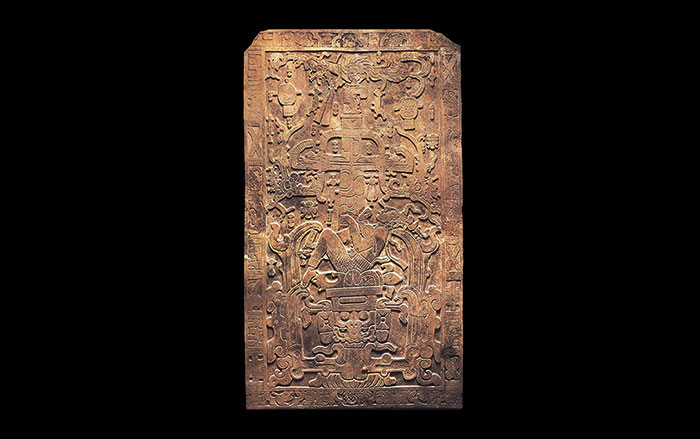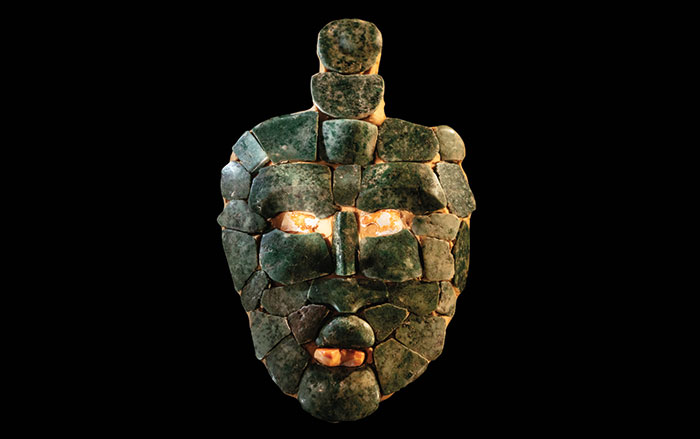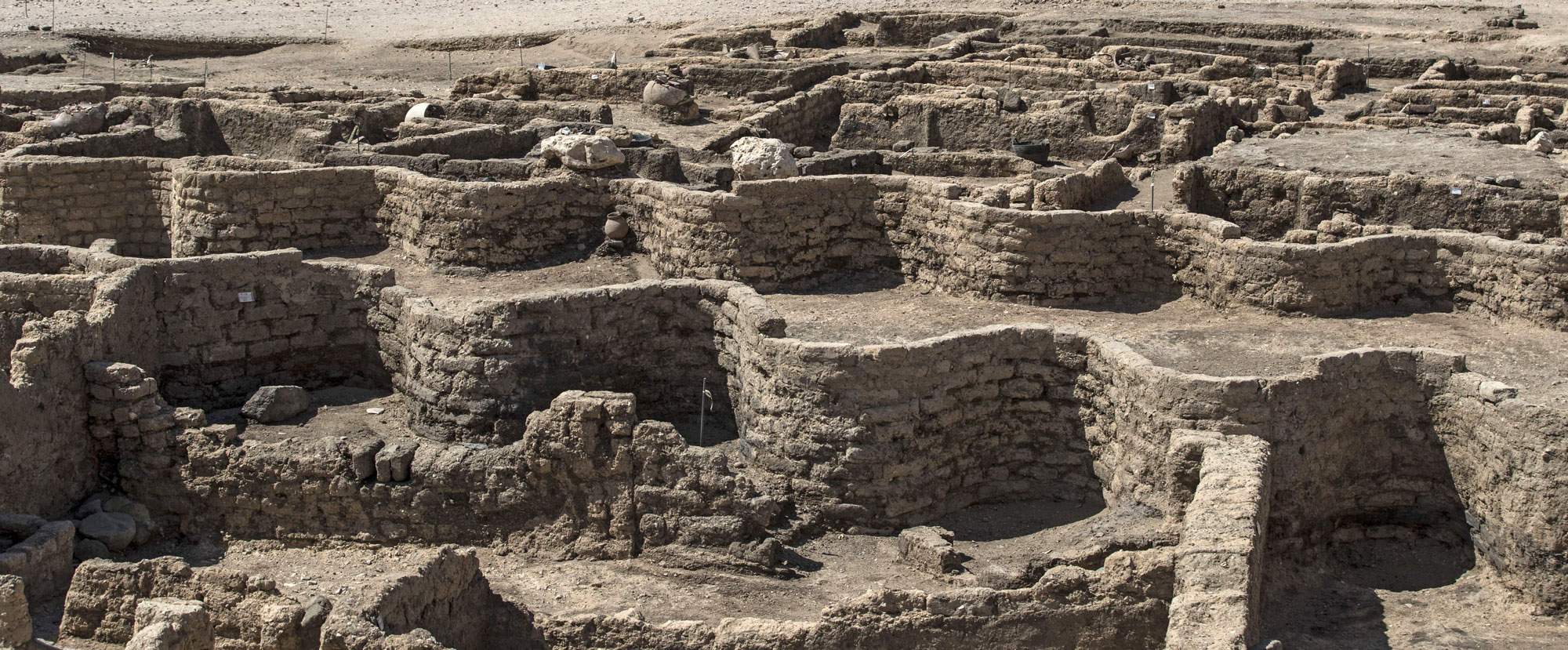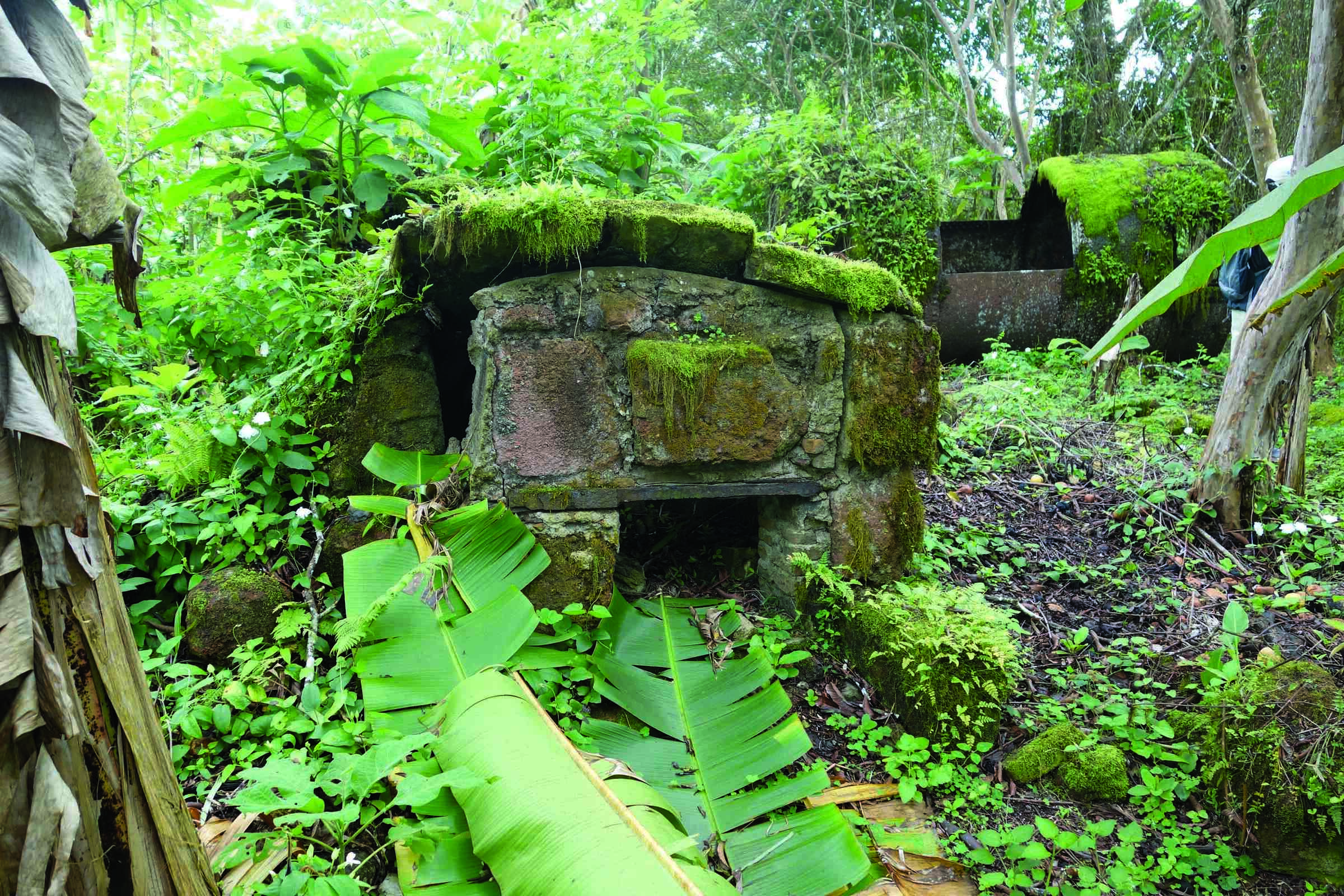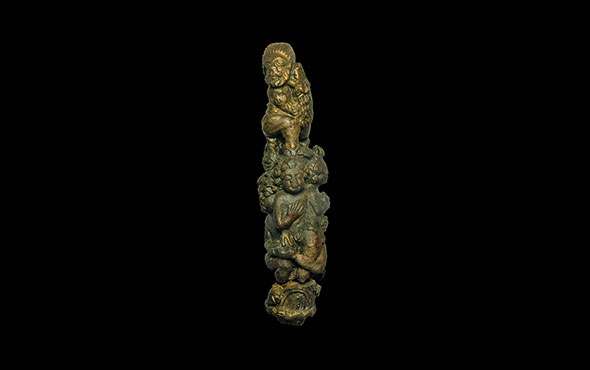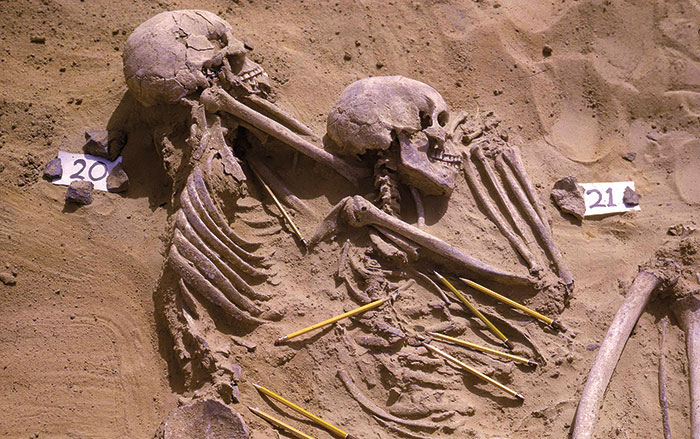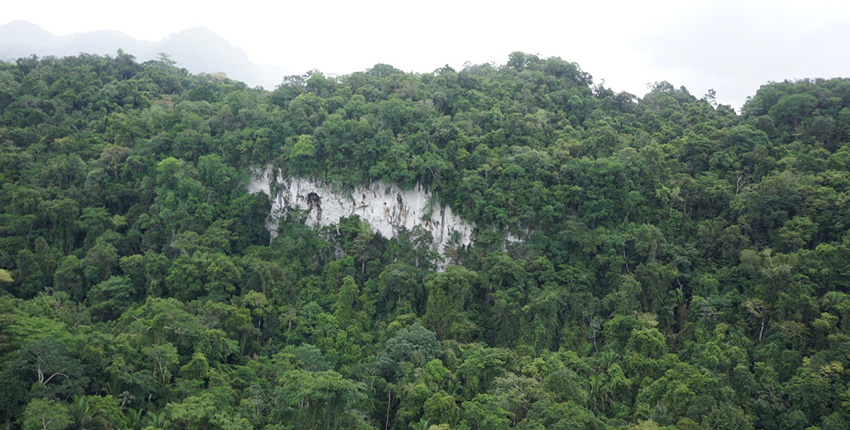
FLAGSTAFF, ARIZONA—Science Magazine reports that David Reich of Harvard University and his colleagues have recovered DNA from the inner ear bones of 20 individuals whose remains were unearthed in two rock shelters in southwestern Belize. The genomes were then compared with DNA from ancient and living peoples from the Americas. The oldest burials in the rock shelter, which have been dated between 9,600 and 7,300 years ago, yielded DNA resembling that of hunter-gatherers known to have migrated from North to South America. In the rock shelter remains dated after 5,600 years ago, however, all of the individuals were most closely related to people who speak Chibchan languages and live from northern Colombia to Costa Rica. “It’s clearly a major movement into the Maya region of people related to Chibchan speakers,” Reich said. Chemical analysis of the remains conducted by Douglas Kennett of the University of California, Santa Barbara, also showed that maize made up less than 10 percent of the diet of the hunter-gatherers buried in the rock shelter. But between about 5,600 and 4,000 years ago, the proportion of maize in the diet jumped to about 50 percent. The researchers suggest that migrants to the Maya region may have brought plants and farming technology from South America, where especially nutritious strains of maize had been domesticated. “Without corn, there would have been no Mayans,” explained Jaime Awe of Northern Arizona University. Read the original scholarly article about this research in Nature Communications. For more on the domestication of maize, go to "How Grass Became Maize."



